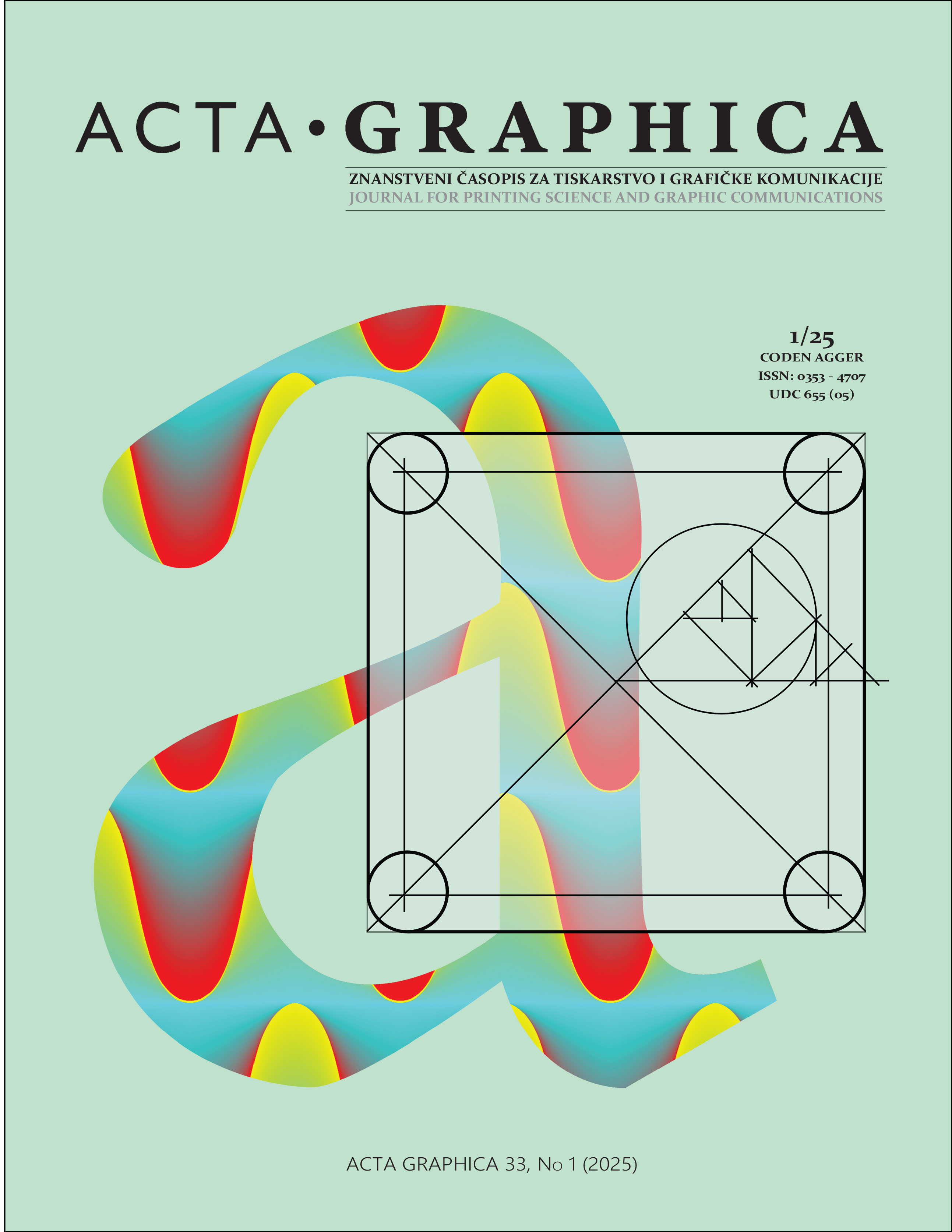The influence of digital channel modifications on perception in mood photography
Keywords:
blue, green and red channel, mood photography, visual assessmentsAbstract
Mood photography is one of the most common motifs in tourism promotion. It usually depicts a destination or landscape whose imagery encourages viewers to visit the promoted location. The most frequent motifs include sunsets, snowy landscapes, and landscapes in general. These photographs may have a documentary character, serve as image photographs with symbolic value, or sometimes advertise a product that is not explicitly emphasized. Mood photographs convey information and influence the viewer's perception. In the transmission of digitally recorded visual information, they function as a medium in which consumers place their trust. Every digital reproduction consists of blue, green, and red channels of digital data. This research paper investigates the impact of changes to the blue, green, and red channels of digital data on the perception of mood photographs. It examines the influence on the photograph’s acceptability, the boundaries for maintaining a realistic appearance, and the interpretation of these boundaries. The research is conducted on two groups of respondents: expert participants and consumer participants, who assess acceptability based on visual evaluation. Alongside participant assessments, characteristic color tables are defined for specific types of promotional photographic images, and the CIE Lab* color values and total color differences (ΔE00) are determined. The study proves that by intervening in the blue, green, and red channels of the digital record—i.e., by altering them—we affect the perception of mood photography. The evaluation results of mood photograph digital files show different thresholds of acceptability. Changes to individual digital channels determine varying acceptability limits when assessing the degraded digital image data.
Downloads
Published
Versions
- 2025-08-22 (2)
- 2025-06-27 (1)





